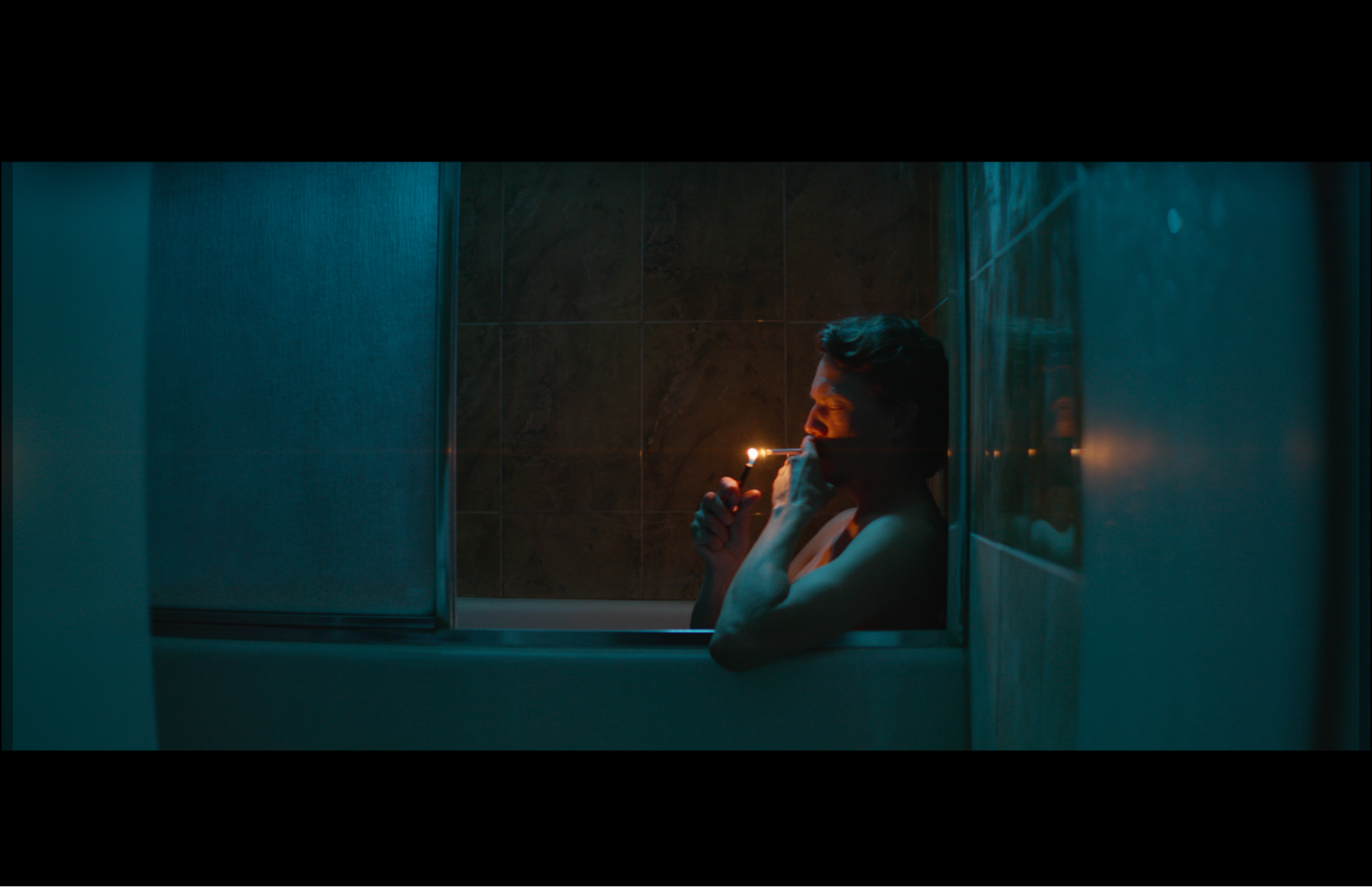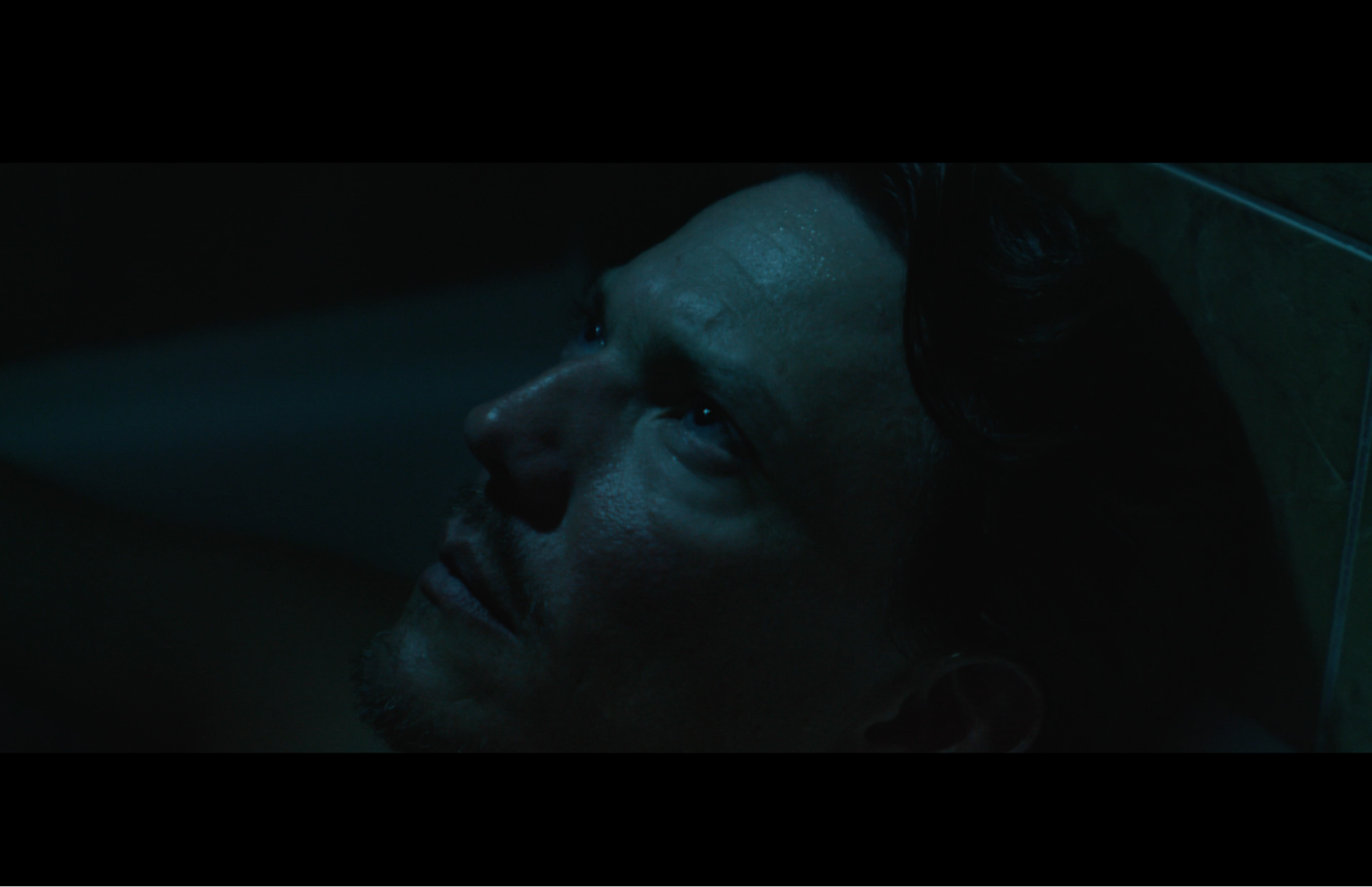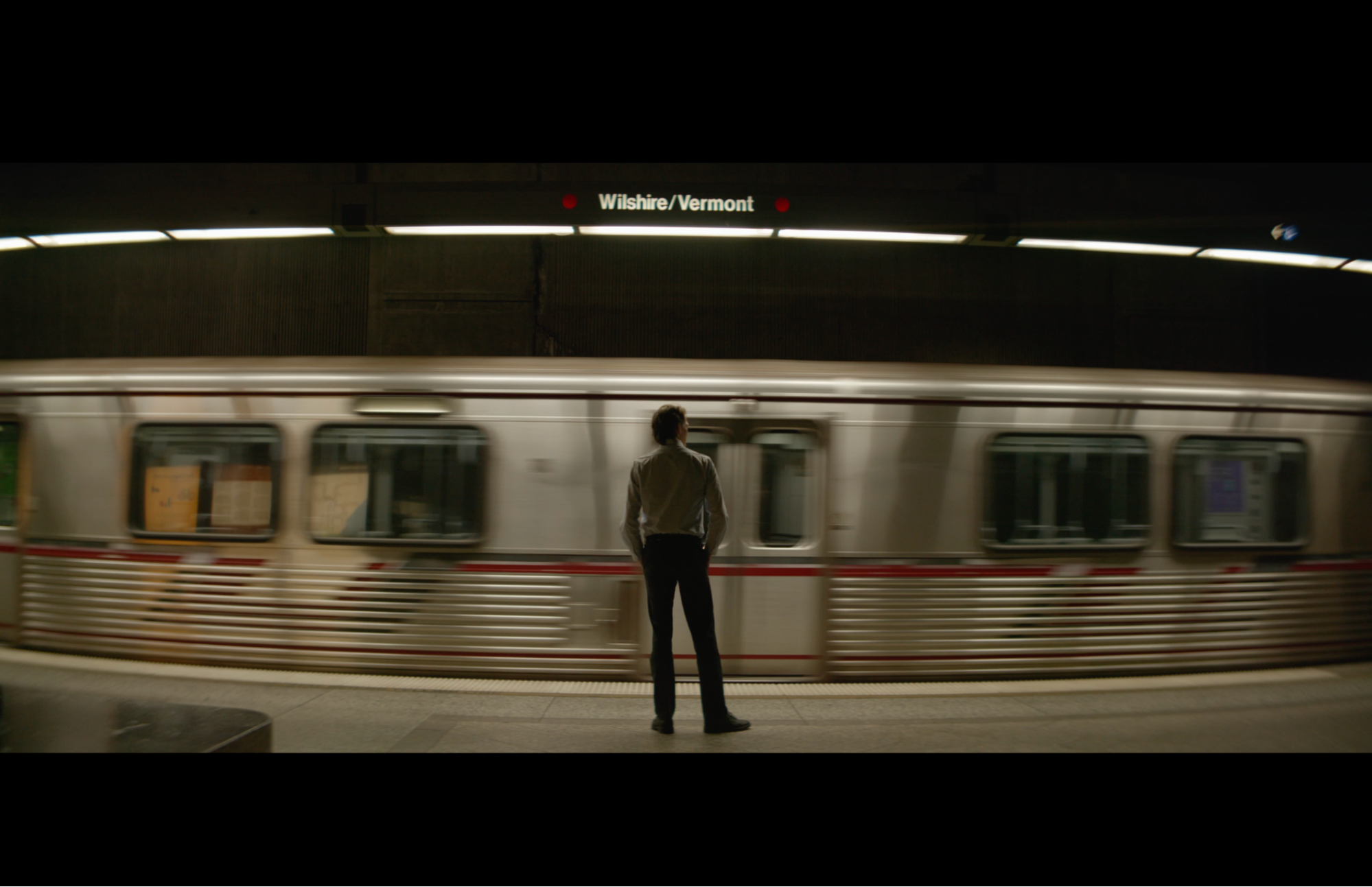In the competitive landscape of filmmaking, the pursuit of artistic vision often clashes with the stark realities of limited budgets. Yet, for Los Angeles-based producer Zhiyan Li, this challenge is not a deterrent but a fertile ground for innovation. With a rich background blending Eastern aesthetics and Western narrative structure, Li has carved a niche for herself by producing compelling, visually distinct films that resonate deeply, often with remarkably modest financial backing. Her philosophy centers on strategic planning, creative collaboration, and a deep understanding of how to translate directorial intent into achievable, cost-effective execution.
Li’s most profound lesson in low-budget filmmaking came during the production of the micro-short film, Liminal. Shot in a single day with a crew of fewer than ten individuals, the project demanded an extraordinary level of resourcefulness. “The lowest budget I’ve worked with was on a micro–short film, Liminal, that had to be shot in a single day with a team of under ten people,” Li explains. “Even with extremely limited resources, we still achieved a polished visual tone through careful planning, minimal but expressive lighting, and designing every shot around what we could realistically execute.”
This very experience, she notes, fundamentally reshaped her approach to all subsequent low-budget endeavors. “That experience shaped the way I approach all low-budget projects now: by leaning into simplicity, clarity of intention, and creative restraint rather than trying to imitate large-scale productions.”
The success of Liminal wasn’t a matter of luck, but meticulous planning and a deep commitment to collaborative spirit. Li elaborates on the pragmatic strategies employed: “On LIMINAL, most of the work was driven directly by the director (Jiaying Jing) and myself, and our total cash spending was very low. To make it possible, we minimized fixed costs and maximized collaboration.”
Resource acquisition was a key focus. “We secured additional equipment support through small grants and sponsorships, which allowed us to access higher-quality camera and lighting gear without paying rental rates.”
Beyond equipment, Li recognized the power of human capital. “We then pitched the project to crew members who resonated with the story’s themes, inviting people who were genuinely excited about the film rather than assembling a large team,” she said.
This helped cultivate a dedicated, motivated film crew, despite the budget. “Our own motivation helped inspire a focused, efficient environment where everyone contributed beyond their job title.”
Visually, the film’s aesthetic was deliberately shaped to fit the budget. “By shaping the visual style around handheld movement and naturalistic lighting, we avoided expensive setups while still achieving a distinctive look.” The synergy of these elements – “creative planning, community support, and resourceful execution,” notes Li – proved to be the winning formula for Liminal.
Li’s ability to guide directors through the financial constraints of independent filmmaking is a testament to her communication and problem-solving skills. Her approach is rooted in a deep understanding of the director’s vision and a practical translation of that vision into actionable steps. “I translate their creative vision into concrete, achievable actions,” Li said.
The process begins with a clear understanding of priorities. “We clarify what must be protected—tone, performance, key visuals—and what can adapt.” This leads to offering economical alternatives without sacrificing artistic integrity.
“I present cost-conscious alternatives such as consolidating locations, simplifying blocking, or using visual strategies that preserve emotion without additional spending,” she said. Transparency throughout the production process is paramount. “Throughout prep and production, I keep communication transparent so directors understand how each decision affects the budget. This alignment lets them stay creative without risking overspending.”
Fundraising for independent films is an ever-evolving challenge, and Li has employed a diverse range of tactics to secure necessary capital. She acknowledges the multifaceted nature of funding: “I’ve used a mix of private investors, small-scale crowdfunding, and strategic grant applications,” she said.
Crucial to this process is a compelling pitch. “I am used to building pitch decks that highlight a project’s festival potential, themes, and achievable scope.”
Networking and community engagement play a significant role. “Relationships with film programs, alumni communities, and local arts organizations often open unexpected doors.” Perhaps most importantly, Li advocates for a flexible and adaptive approach to production planning.
While not a primary focus, Li has also explored the potential of sponsorships and product placement, particularly in smaller-scale projects. “For small projects, I’ve collaborated with local businesses who provided props, wardrobe items, or locations in exchange for credit or visibility,” she said. This demonstrates a pragmatic approach to securing resources, leveraging community partnerships for mutual benefit.
Zhiyan Li is dedicated to women-focused film narratives. Her unique cross-cultural storytelling perspective, honed through an MFA from ArtCenter College of Design and academic experiences in China and South Korea, inform her production methodology. Her work on critically acclaimed shorts like Ligeia (a gothic reinterpretation of Poe), Liminal (a fusion of Eastern and Western visual sensibilities), and Fragile (a psychological drama exploring perception) showcases her ability to achieve distinct visual tones and emotional depth even within budgetary constraints.
Li’s recent foray into the burgeoning vertical TV drama format, producing high-engagement series for platforms like Drama Box and ShortMax, further highlights her adaptability and mastery of diverse storytelling ecosystems.
As Zhiyan Li continues to champion new cross-cultural and female-led projects, her approach to filmmaking remains a powerful testament to the fact that compelling cinema is not solely dependent on lavish budgets, but on the ingenuity, vision, and collaborative spirit of its creators. “The most important thing is adjusting the production plan to match realistic funding levels, rather than waiting for ideal circumstances—momentum often attracts additional support,” said Li.
Film stills courtesy of Liminal.



